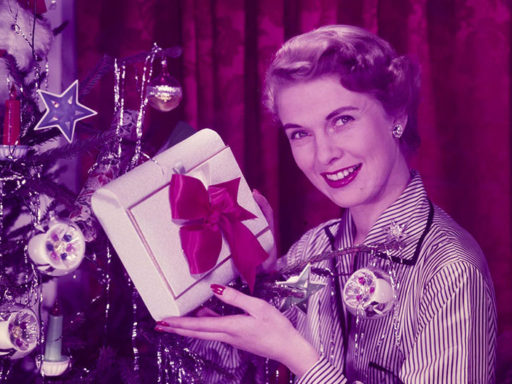
Images from an archive in our collection show how depictions of the perfect family Christmas have been used to sell products and services for decades.
Toni is Associate Curator of Film at the National Science and Media Museum.

Images from an archive in our collection show how depictions of the perfect family Christmas have been used to sell products and services for decades.
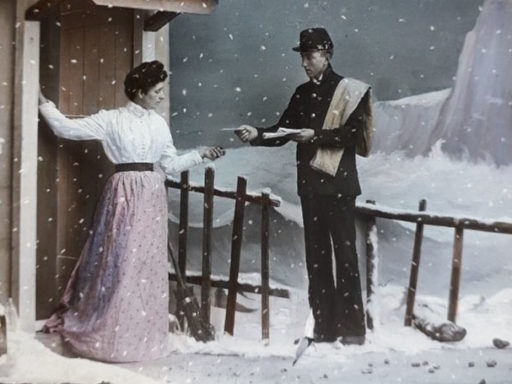
Before the advent of cinema, magic lantern shows provided popular public entertainment. One example from our collection tells a gripping Christmas tale.
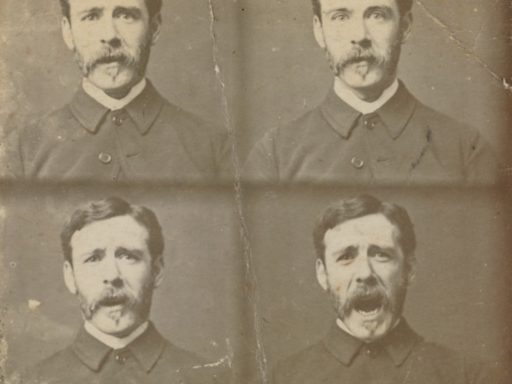
Toni Booth reveals objects from our collection that shed light on the much-debated story of cinema pioneer William Friese-Greene.
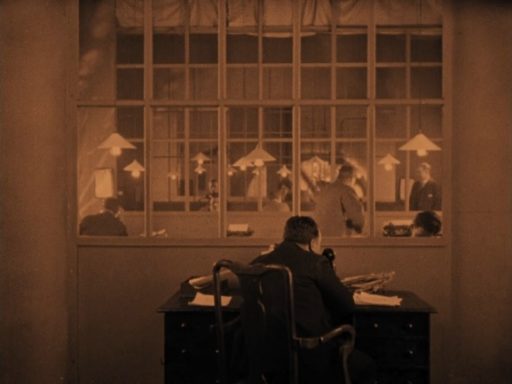
We’re all familiar with the idea of film directors making cameos in their work. But this practice began earlier than you might think—with some of the very first pioneers of cinema.
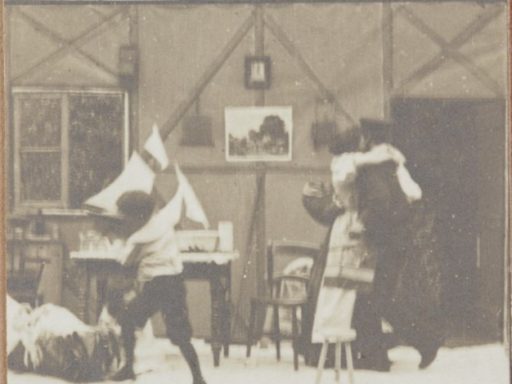
The extension of our exhibition about Robert Paul allowed us to investigate an interesting object rediscovered in the museum’s collection.
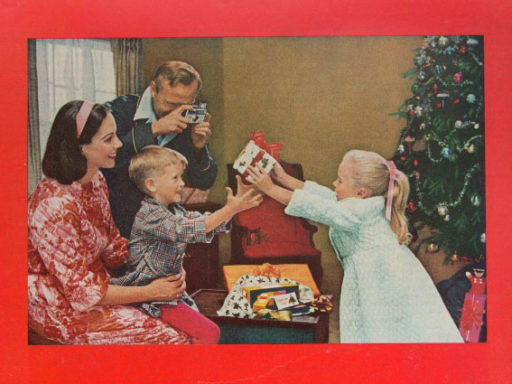
Take a trip back in time with our collection and discover some vintage Christmas advertisements for Kodak cameras.
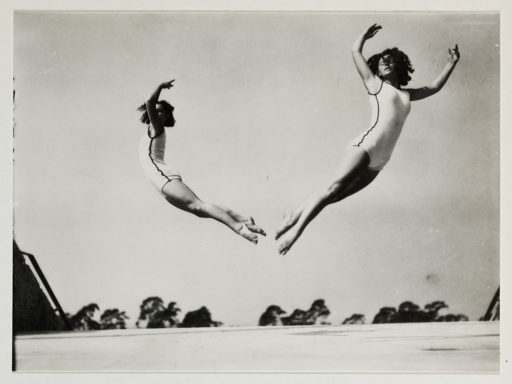
With research showing that many of us have taken up new forms of exercise during lockdown, we’ve searched our photography collection for the best images of exercise, sport and outdoor activities.
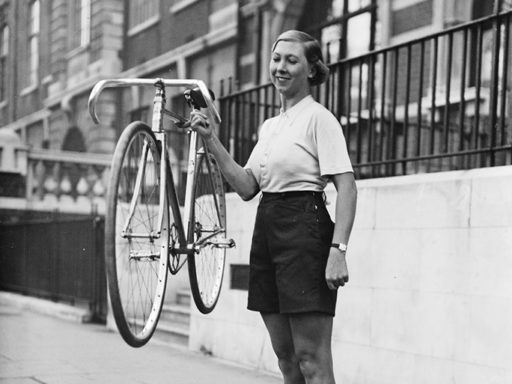
With more and more of us taking up cycling, we’ve delved into our collection to bring you a photographic history of the bicycle.
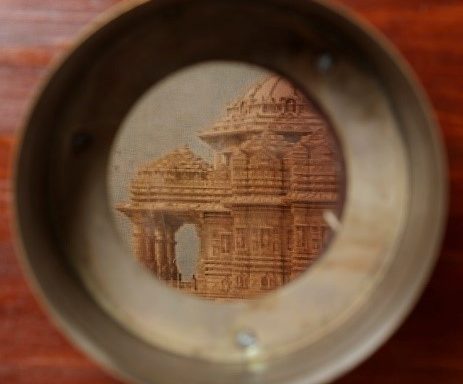
Throughout the history of cinematography, the word ‘bioscope’ has had many meanings. In this post, our Associate Curator of Film looks at some examples from our collection and beyond.
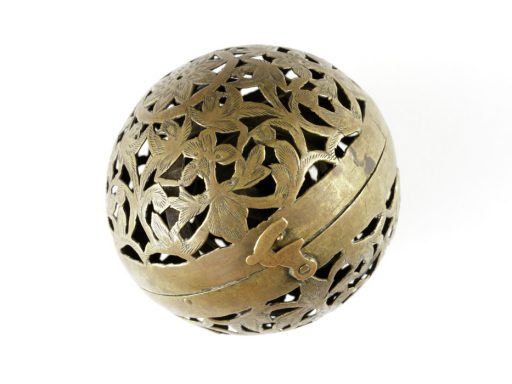
It may not look like an item related to the history of photography and film, but this new addition to our collection provided an early way of projecting images.
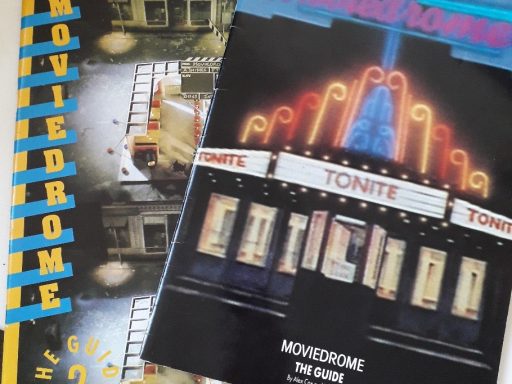
Curator Toni Booth writes about her memories of the BBC series Moviedrome, fronted by film-maker Alex Cox, and looks at what makes a ‘cult film’.
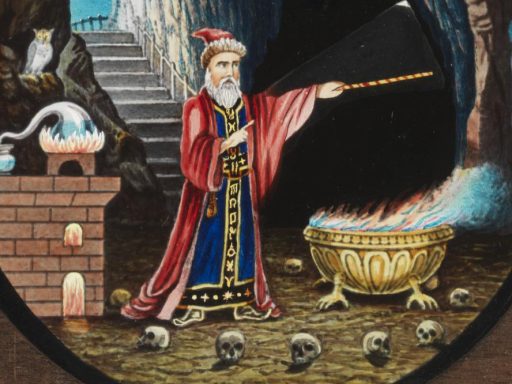
You might not realise it, but early British cinema and magic are very closely linked. Magicians used the new moving pictures as part of their shows; film-makers used the popularity of magicians to create appealing films.